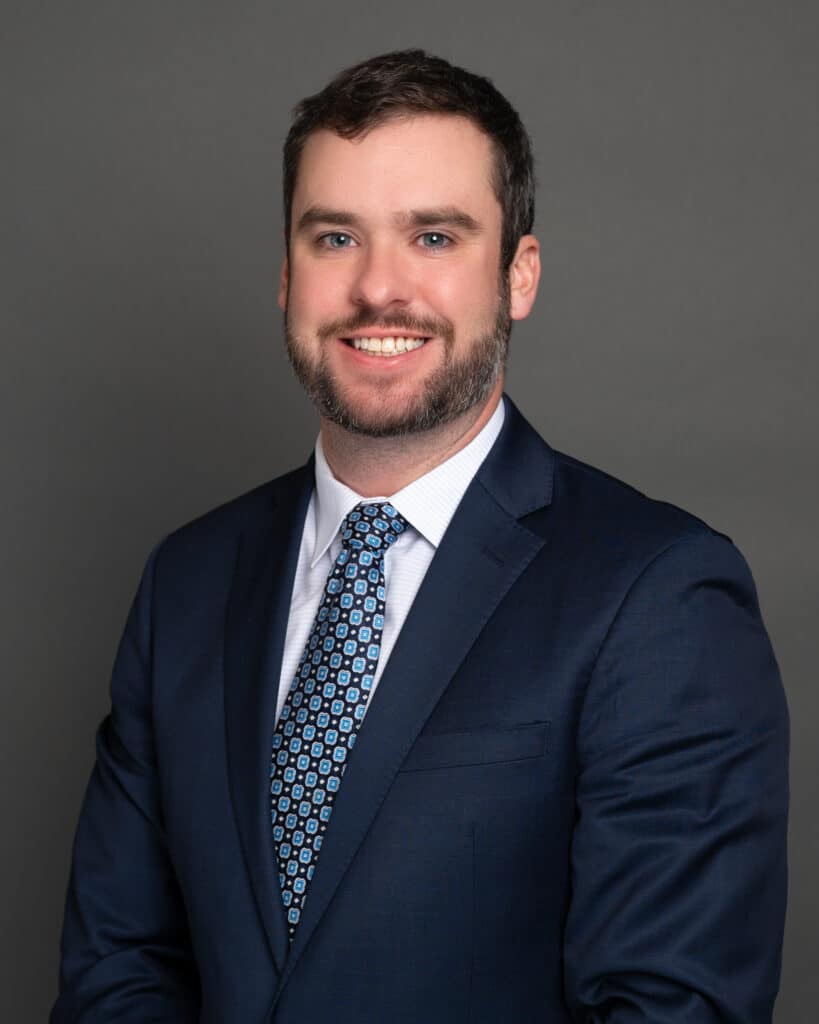USDA Lending Changes Boost Multifamily Outlook in Rural America
Agency Boosts Loan-to-Cost Ratio of Key Lending Program to Make More Projects Pencil

By Ethan Finlan
5 min read
Since 1996, the United States Department of Agriculture (USDA) has provided loans for affordable multifamily housing in rural areas through its Rural Development Section 538 program. Recently, the department increased the amount of funds loans would provide from 50 percent of a project cost to 70 percent. USDA and industry observers believe this will make the RD-538 program more impactful. Perhaps as a testament to that belief, the agency issued the largest-ever 538 loan to a South Carolina multifamily housing project in mid-April.
Housing Needs in Rural America
Rural America faces acute housing needs. “[B]etween 1999 and 2008, the average annual production in non-metro areas totaled 221,000,” states a Rural Housing Coalition webpage. “From 2009 to 2017, average production fell to 68,000 annually.” Over 40 percent of people who rent in these jurisdictions spend more than 30 percent of their income on rent, while overall “about 50 percent of poor, rural Americans have housing expenses that exceed half of their incomes.” Often, multiple people share rooms. Renovation needs are similarly prevalent, with over a million homes failing to meet livable standards. Rural incomes are generally lower than urban ones, by around four percent on the household income level. In theory, the rural market is a key one for affordable multifamily developers.

USDA provides several lending opportunities as part of its Multifamily Guaranteed Rural Rental Housing program, federally backed as much as 90 percent. There are three loan categories: “Option One,” wherein USDA guarantees “permanent financing;” “Option Two,” inclusive of “construction advances and permanent financing once regulatory requirements have been met;” and “Option Three,” providing a “single continuous guarantee for construction and permanent financing.” According to a USDA Rural Development spokesperson, 538 loans fall under this category.
While its Section 515, also used for multifamily construction, provides loans directly to developers, 538 loans go through approved lenders, such as Churchill Stateside Group (CSG), which is financing the South Carolina development. Dan Duda, a senior vice president at CSG, calls the 538 program “a low interest rate and long-term financing option for developers. CSG specializes in utilizing the 538-loan program and has the expertise to work hand in hand with Rural Development to get the proper approval to close on the long-term loan as quickly as possible.”
What RD-538 Supports
The 538 program offers fixed-rate loans to affordable multifamily projects in rural regions and on tribal reservations with populations of 35,000 people or fewer. Developers can apply, as can nonprofits and local and tribal governments. RD-538 loans can be used for new construction, renovations, paying interest on construction loans and buying land for projects.

Eligible developments charge no more than 30 percent of 115 percent area median income (AMI) for rent and utilities, according to Keith Gloeckl, CSG’s CEO, the majority of 538 projects serve renters at or below 60 percent AMI.
Developments must have a minimum of five units, meet guidelines for proximity “to essential services,” and be sufficiently far from “risky or nuisance areas” like contaminated properties. Loan-to-value ratios can reach 97 percent. 538 loans are typically used in conjunction with Low Income Housing Tax Credits.
USDA’s spokesperson says that through the program’s life, it’s financed 1,525 projects. The spokesperson also notes that the agency has changed its fees to enable discounts, facilitating 52 workforce housing developments.
Why the Loan-to-Cost Increase?
“Past and current market conditions have dictated that the increase from 50 to 70 percent would allow USDA to provide greater support for lending in rural communities for preservation activities,” says USDA’s spokesperson, noting that projects utilizing four percent LIHTC and bonds typically have an LTC between 50 and 70 percent. Duda credits advocacy by the lending industry for the LTC boost.
Duda says that rural workforce housing is the main beneficiary of the LTC boost. “This change provides additional support to borrowers, who would be less likely to need an additional bridge loan or bring more case or equity to the table. This ultimately helps investor yields, which helps drive more workforce housing development in rural communities that need housing.” Gloeckl calls rural workforce housing a “significantly underserved market that is now starting to be addressed.”
The Preserve at Hanover Park
CSG’s project, the Preserve at Hanover Park, will add 280 workforce-targeted units in Beaufort, SC, Duda says. The community has a median income of $60,366 and a poverty rate of 19.7 percent, above the national 11.5 percent. Key sectors include education, healthcare and service sector jobs. According to a CSG press release, the eight-building complex (consisting of three- and four-story structures) is envisioned as having a mixed-use orientation, which also notes it will include numerous amenities.
Gloeckl points to Hanover Park’s success at attracting equity and meeting the criteria of the 538 program for its successful loan award of $53,875,000.
The Overall Picture of Rural Affordable Housing
Duda and Gloeckl both emphasize a continued need for the types of rural affordable housing financed by USDA’s Rural Development program. Duda points out that the loans have a low default rate, while Gloeckl stresses that 538-financed projects maintain “a very robust occupancy and success rate.”
Looking ahead, Gloeckl sees a need for rural workforce housing that meets renters earning greater than the 60 percent AMI figure these projects typically accommodate. “There’s really a gap there, that market-rate housing is just not economically feasible in some of those areas.”
The LTC increase improves the market outlook for rural affordable housing, and CSG is interested in continuing to grow its portfolio. But when evaluating projects to support, Gloeckl says he doesn’t look at particular geographies as much as an individual project’s fundamentals: the quality of its sponsors and general contractors, and proof of a market need.
“We’re open to entertaining looking at workforce housing virtually anywhere in the United States,” he concludes.
